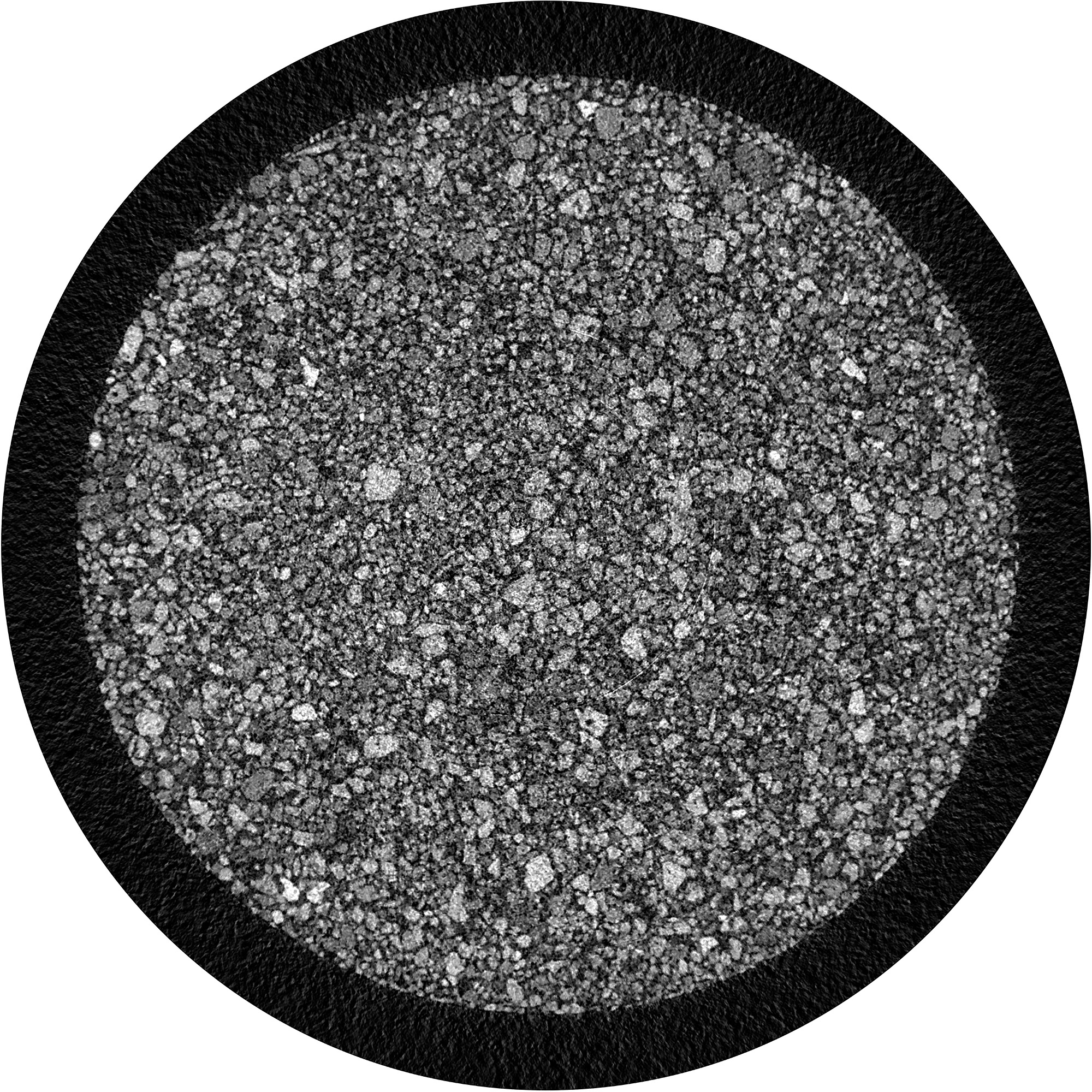May 29 – June 2, 2019
2019년 5월 29일 – 6월 2일
Flexspace A, CICA Museum
Underlying
This work was made utilizing the widest array of imaging technology available to me. I used high resolution digital cameras in studios, drones, Micro CT scanners, and computer display capture, as well as the public domain to source materials that create the final images. Each piece was conceived individually, based on extensive research into the scientific and cultural importance of the object. Each final image is a product of the limits of imaging technology, as well as an efficient use of the photographic medium to relate the significance of that object to my audience.
I make images that range from overwhelmingly large to quite small in scale, intuitively referencing historical photographic conventions (landscape, the sublime, and historical scientific imagery). I also sometimes use furniture to separate the viewer from their normal gallery experience of the work. I also make all the frames for the photographs, because in addition to controlling the quality of presentation at the highest levels, the usage of the frame reinforces the image’s presence, history, and separation from the lived world.
Some images are created from sculptures I create using 3D printers. The information used to create the 3D prints is sometimes generated by specialized imaging machines, like a Micro CT scanner, stacked up by medical imaging programs, output to a 3D printer, interpretation by the necessary software, all before being subjected to a retail photography style studio environment, where I create alluring photographs to introduce the viewer to the story of the object.
My artistic research focuses on the pressures between representation and reality through the creation and dissemination of imagery. I create photographic images that purposefully exploit the problematic contemporary western cultural categorizations and presumptions that are placed on photographic and lens-based imagery. I photograph the world — the world I can see, as well as the public domain — and also create sculptures exclusively for photographing. Through all these processes I am curating a set of images that engage the viewer in the conceit and deceit of the image’s actual construction, while maintaining and utilizing well known methods of seductive image creation.
The work questions the necessity of being in a place to photograph and understand it, and what the exploration of a place, or outer space, means to the contemporary world of photography. Is it real exploration if a human is not present in the space? Our seen version of the world has been simultaneously explored and photographed while we walk through it, and the photographs I make reach into the previously unseen.
The most current subjects for this work are dust-sized particles that have unexpected uses: sand from the beaches of Pozzuoli, Italy and fake Martian soil commissioned by NASA. The former was used to create Roman concrete, for which we do not have the exact recipe anymore; and the latter is dust from the Mojave desert, laced with chemicals to match the soil on Mars, allowing NASA to test growing vegetables in the Martian soil before ever setting foot there.
Eric Zeigler is an artist, designer, and researcher whose current work involves photography and unconventional transformation of images. He received an MFA in Photography from the San Francisco Art Institute, and exhibits his work nationally and internationally. Zeigler is an Assistant Professor of Art in the Department of Art at the University of Toledo. He created and runs the Art Print Center which serves as a hub for all digital artwork production by university students, faculty, and local artists.

Eric Zeigler “Pozzolonic Ash Micro CT Scan” (2018)
